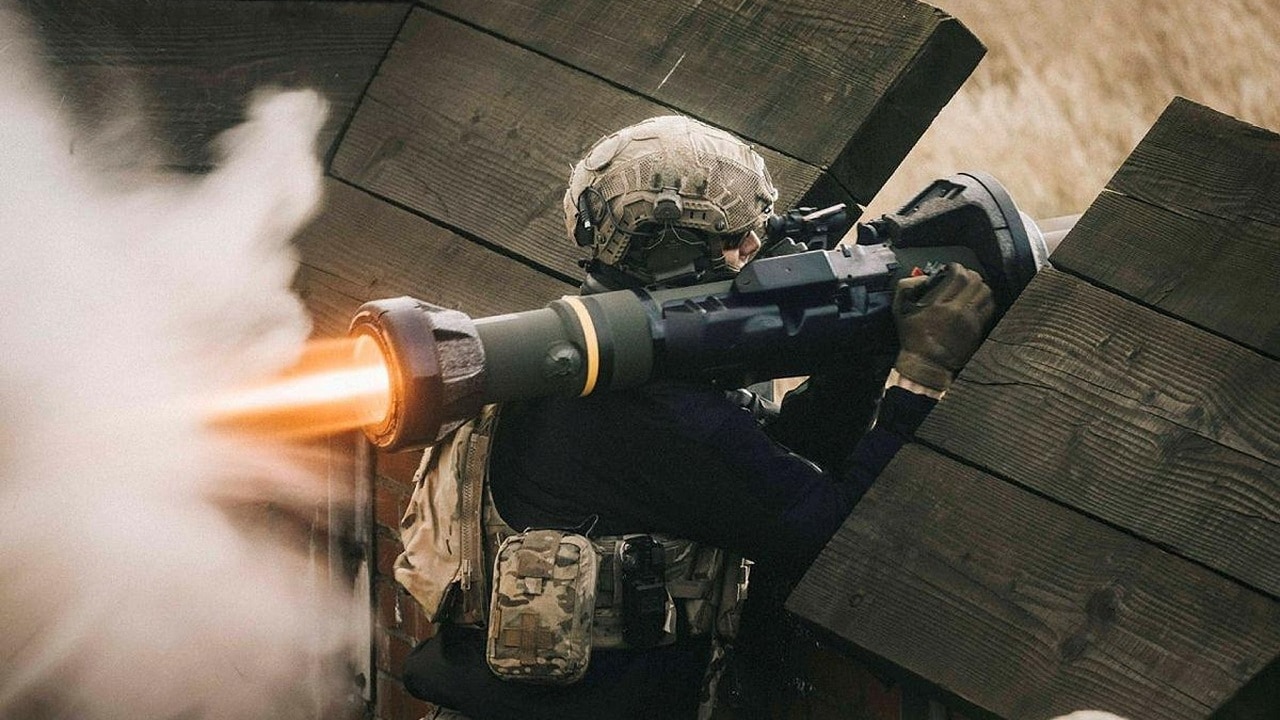President Joe Biden announced last week that he’ll be heading to the Heart of Dixie and will visit the Lockheed Martin plant in Alabama to see where the Javelin anti-tank missiles, and other weapons are being supplied to Ukraine, are produced. President Biden will head to Troy, Ala., on Tuesday and get an up-close view of the weapon that has given the Russians nightmares.
“Lockheed Martin is proud to support our customers and we welcome President Biden to our Troy facility,” the company said via a tweet on Wednesday.
Lockheed Martin, which is currently the world’s largest defense contractor, is the manufacturer of the FGM-148 Javelin weapon system, a man-portable anti-tank system. It first entered service in 1996, and has been continuously upgraded. It was used extensively by U.S. forces in Iraq and Afghanistan.
Meet the Javelin
The FGM-148 is a fire-and-forget platform that utilizes automatic infrared guidance that allows the user to take cover and avoid counter-fire immediately after launch. Its HEAT (High-Explosive Anti-Tank) warhead is capable of defeating modern tanks by striking them from above where the vehicle’s armor is the thinnest. It can also be used against fortifications in a direct attack fight.
The Javelin’s success at destroying Russian tanks has been credited to a number of factors, including that it has an effective range of about 1.5 miles. As it is a passive weapon, tank crews can’t actually detect a Javelin in the area until it’s fired. Because it produces very little backblast – especially compared to other anti-tank systems such as the BGM-71 TOW missile – Russian tanks often don’t know that a missile was fired their way.
The Javelin is also a fire-and-forget weapon – unlike the wire-guided TOW where operators must stay put until the missile strikes – which means those firing the Javelin can do the “shoot and scoot” maneuver, where they can fire the weapon and then take cover before Russian tanks can return fire.
In 2020, Lockheed Martin introduced the Javelin FGM-148F, which featured an advanced multipurpose warhead.
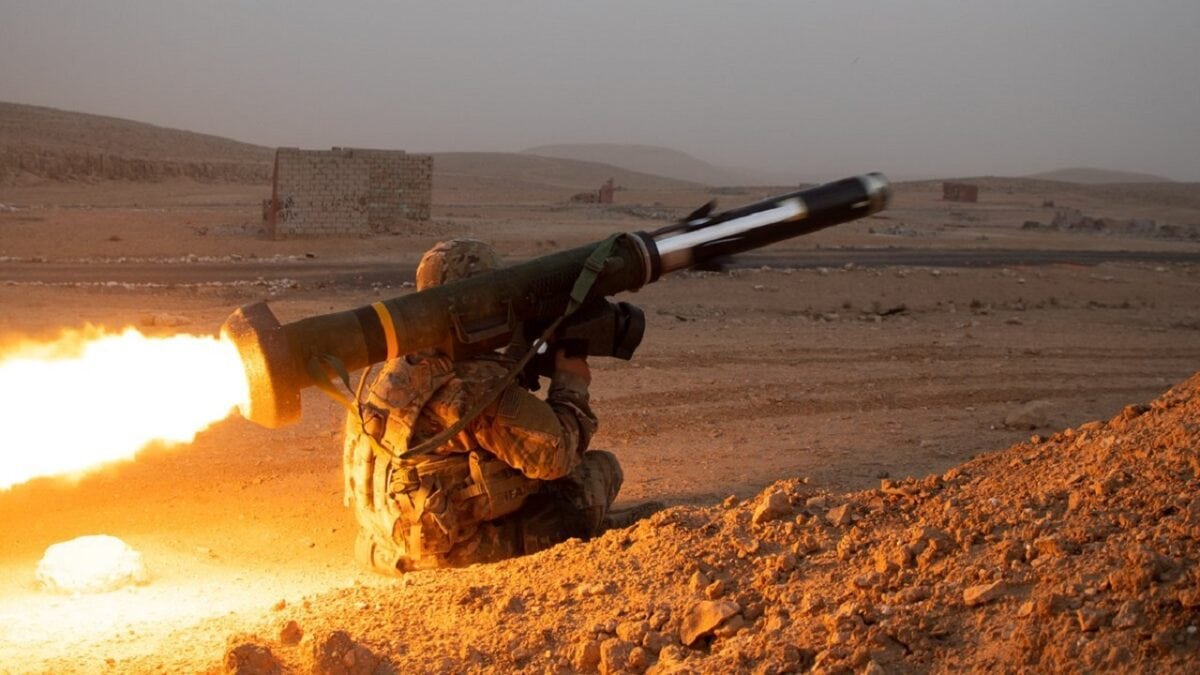
Image of Javelin anti-tank missile. Image Credit: Creative Commons.
“The MPWH incorporates the latest generation shaped charged technology to defeat present and future advanced armored threats while adding a fragmenting steel warhead case to significantly improve lethality against soft targets and light armored vehicles,” Lockheed Martin said.
American Stockpiles Diminished
Though the Javelin has proved instrumental for Ukraine in defending against Russia, it seems that U.S. supplies are beginning to run low.
“The United States military has probably sent about one-third of its Javelin anti-tank missiles to Ukraine one-third of our supply given to them,” Democratic Senator Richard Blumenthal of Connecticut said during a Senate Armed Services Committee hearing on Tuesday. “Replenishing U.S. stocks or those weapons would require 32 months.”
The committee had met to discuss the “health” of the U.S. defense industrial base and its capability to meet the needs of the nation’s services, Newsweek reported. A concern raised is whether the U.S. can continue to provide the Javelin to Ukraine – as the U.S. military could face a significant short of the key weapon, due to the fact that take years to replenish the stockpiles.
Full Force of the NLAW
Even if the United States is unable to continue to supply Ukraine with the Javelin, the besieged fighters are still being supplied with other anti-tank weapons. In fact, the Ukrainians have already received significant numbers – larger than the Javelin in fact – of the British-made NLAW.
Also known as the Main Battle Tank and Light Anti-Tank Weapon (MBT LAW), it is a single-shot, fire-and-forget, shoulder-fired disposable missile system that was designed for use by infantry. The shoulder-mounted weapon is capable of firing a single 150mm high-explosive anti-tank missile up to 2,600 feet. The joint British/Swedish-designed NLAWS, developed by Saab Bofors Dynamics, are currently built in Belfast, Northern Ireland, by Thales Air Defence.
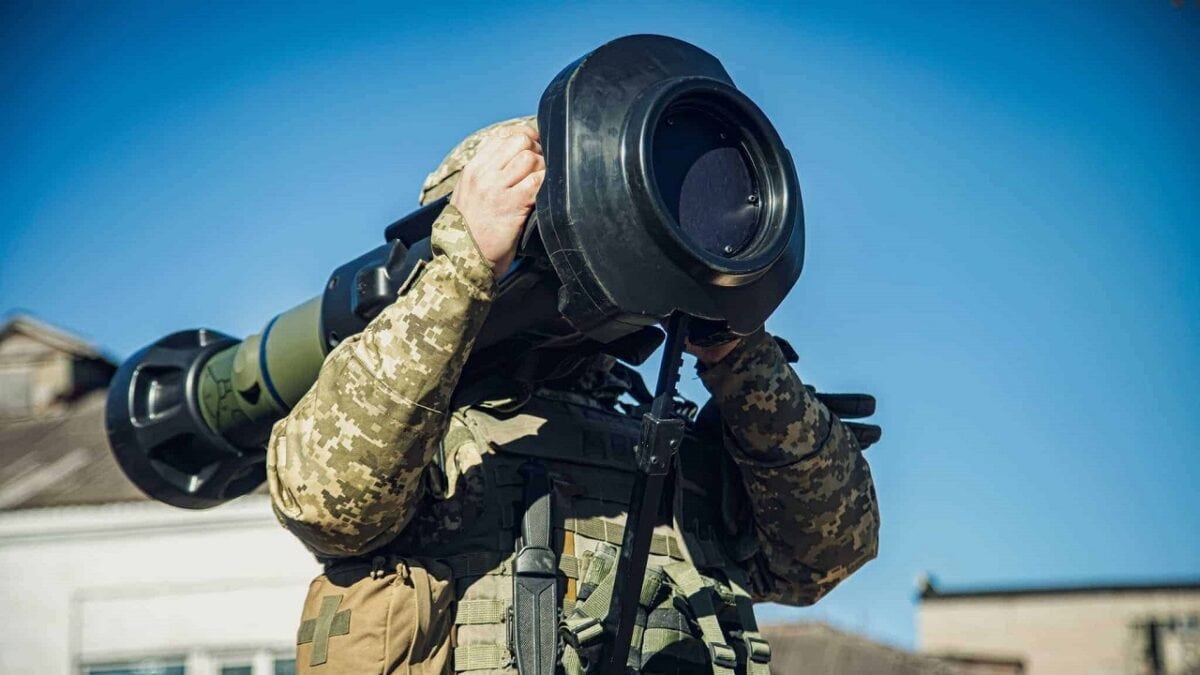
Ukrainian marine with NLAW ATGM. Photo: Marine Command.
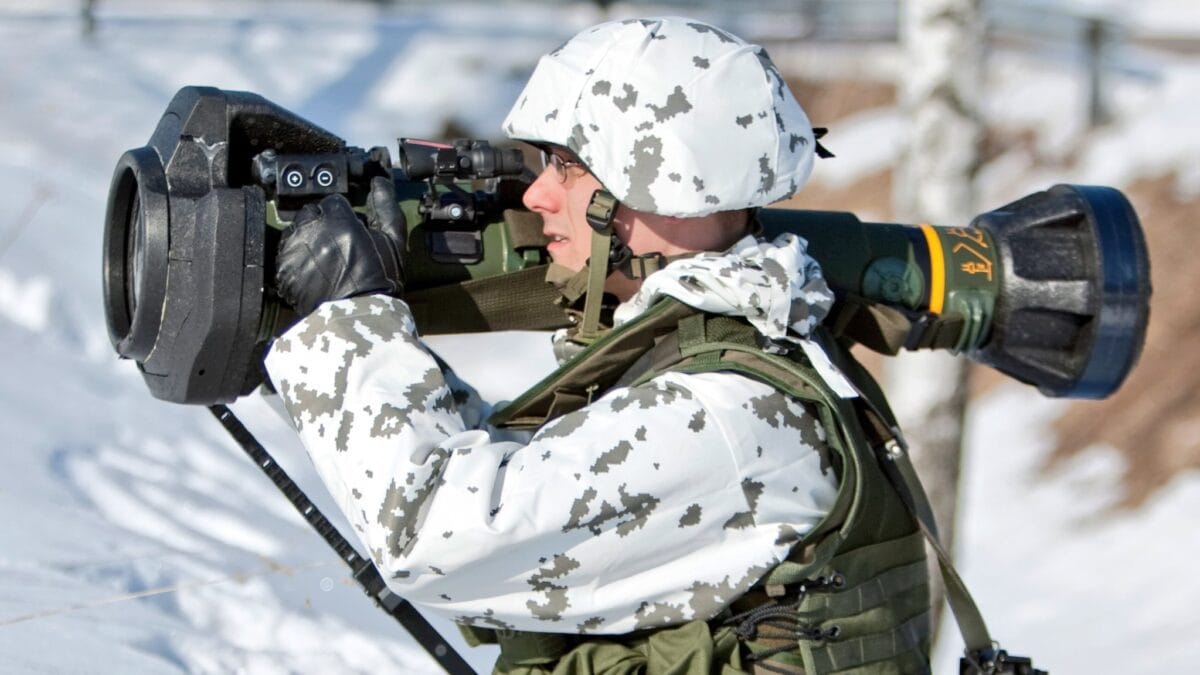
NLAW anti-tank missile. Image Credit: Creative Commons.
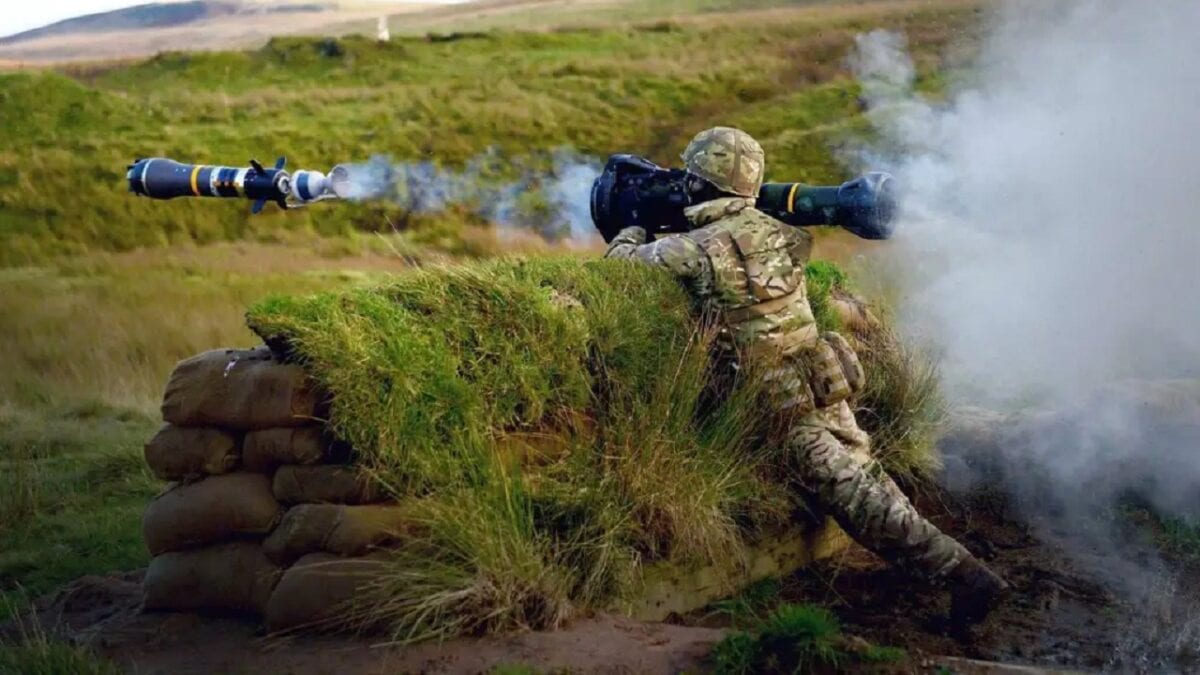
NLAW anti-tank weapon. Image Credit: Creative Commons.
The NLAW is a “soft-launch system,” which means that the missile is ejected non-explosively, and can be used by infantry from within an enclosed space. Weighing just 27.5 pounds, it is easy to fire, and light enough that the operator can still carry an additional weapon such as a rifle. Much like the American Javelin, the NLAW can target the top of a tank’s turret, where the armor is usually at its weakest. Operators need to aim just one meter above the tank and the downward shaped charge can do the rest.
The time from target detection to engagement is approximately five seconds. NLAW can be used in an attack from almost any position, from up high in a building to behind a tree or even in a ditch/trench. Operators can fire down 45 degrees and can shoot from inside a building, from a basement, or from the second floor of a building out of the range of most tanks. In direct attack mode, the NLAW can be used against soft targets including trucks, buses, and helicopters, but can also be fired into buildings, where it will cause significant damage.
While its guidance isn’t as sophisticated as the Javelin and it lacks the range, it has also earned the respect of Ukrainian fighters – and there have even been reports of some soldiers praising the UK’s Queen Elizabeth II while firing the NLAW.
Now a Senior Editor for 1945, Peter Suciu is a Michigan-based writer who has contributed to more than four dozen magazines, newspapers and websites. He regularly writes about military hardware, and is the author of several books on military headgear including A Gallery of Military Headdress, which is available on Amazon.com. Peter is also a Contributing Writer for Forbes.

